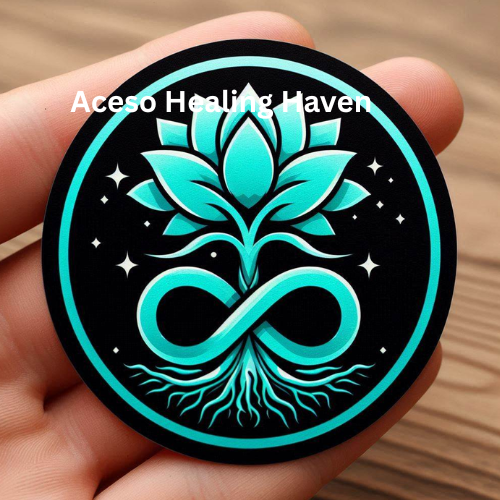Switching over to a plant-based lifestyle doesn’t mean surrendering flavor or forsaking important nutrients. Getting enough protein is about looking at plants, herbs, fruits, seeds, and nuts in a new light. Let’s break it down.
Beans and legumes aren’t just great for protein; they’re loaded with fiber, which keeps your belly happy and your energy levels steady. Black beans, lentils, chickpeas—these little guys are superstars. An easy switch, right?
Then there’s the magic of nuts and seeds. Almonds, walnuts, and chia seeds are banging sources of protein and come packed with good-for-you fats. Perfect blended into smoothies, sprinkled on salads, or just munched on solo.
Don’t forget about the leafy greens, like spinach and kale, that punch well above their weight in the protein department. And when mixed with other veggies or grains, they can make for a robust meal.
Herbs like parsley, oregano, and basil? Not only do they add flavor, but they’re also sneaky sources of nutrients. Incorporate them wherever you can for an added boost.
Quinoa might sound exotic, but it’s a rockstar ancient grain with nearly twice the protein of most other grains. Plus, it’s incredibly versatile—use it in place of rice, toss it in a salad, or make a hearty porridge.
Getting creative is key. Combine different foods to make complete proteins, like rice and beans, to ensure you get all the essential amino acids. It’s easier than you might think and keeps meals interesting and satisfying.
